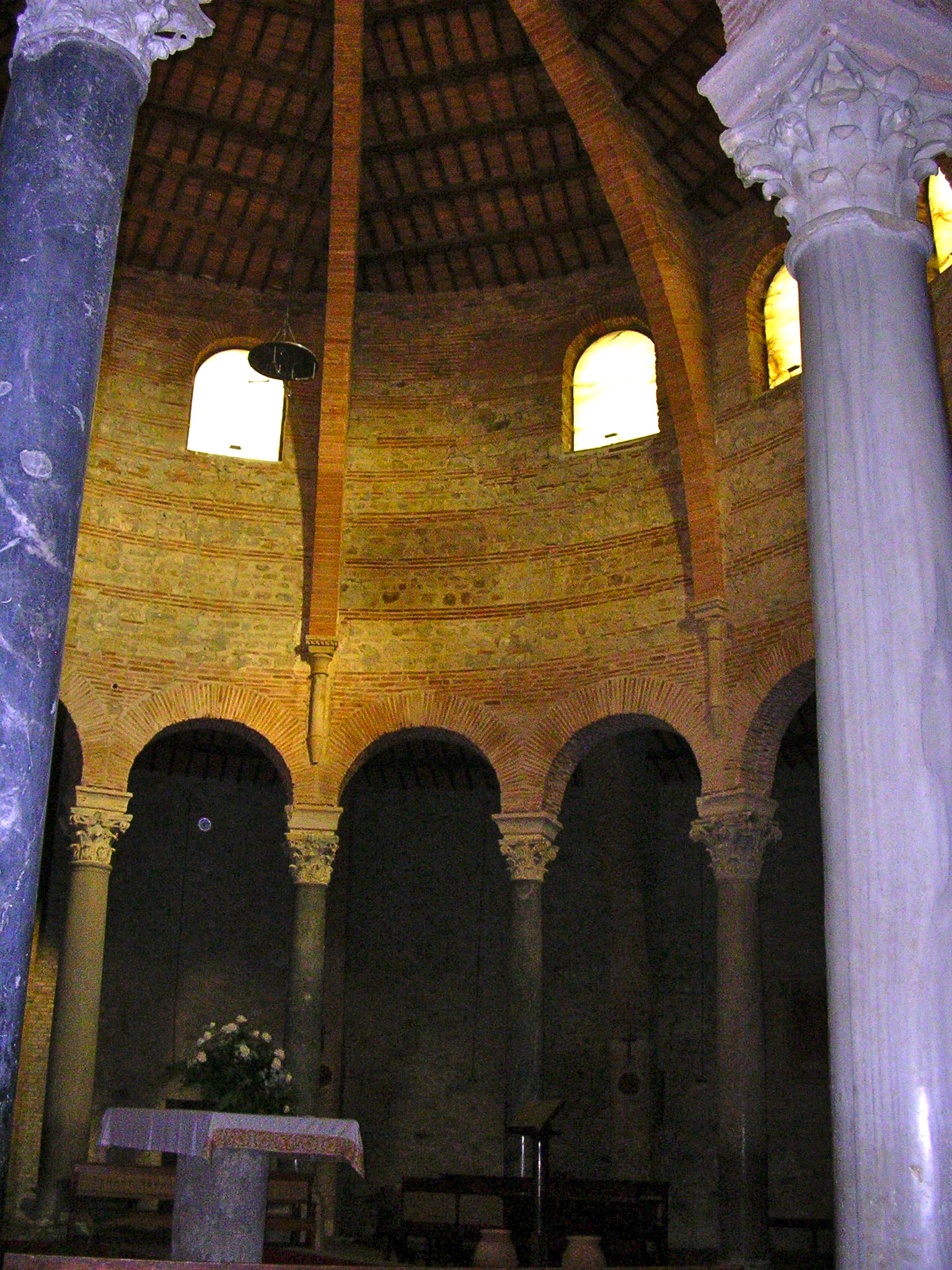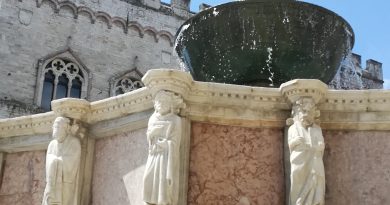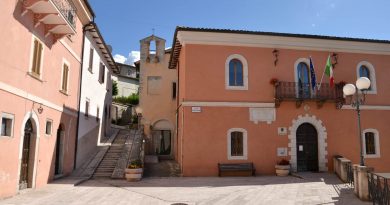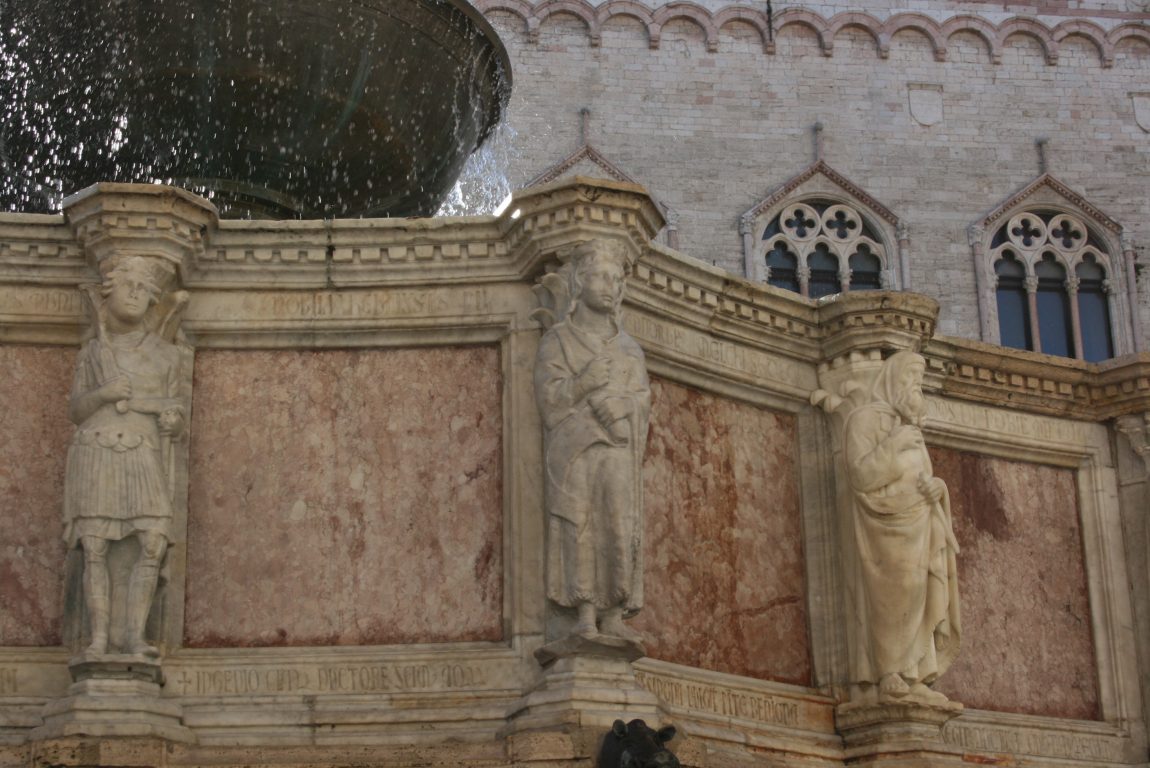The mystery of Greek inscriptions in the Temple
The Tempio Sant’Angelo in Perugia is a medieval circular church, considered one of the finest early Christian buildings of Italy.
Inside the church, that was dedicated to St. Michael the archangel, you will see a ring of piers created with sixtheen Roman columns and their respective capitals, taken from a pagan temple and used to build the new VII century building.
On four of these sixtheen Roman capitals you can see Greek inscriptions made of three letters and for this reason named trigrams.

In the past centuries there have been some attempts to decipher the meaning of these ancient engravings. The first known attempt was by Baldassarre Orsini in 1792. He hypothesized the inscriptions could represent the names of the artisans who had carved the Corinthian capitals in the second century. The Greek inscriptions were subsequently interpreted as the signatures of craftsmen of Eastern origin, or as the trademark of a team of stonemasons.

The results emerged from my epigraphic investigation, edited in 2012 with the title “Vera deum facies” in Bollettino di Storia Patria per l’Umbria” (Bulletin of National History in Umbria) seem to suggest something quite different.
My hypothesis is that these Greek trigrams, dating back to the High Middle Ages , probably were engraved when the new byzantine Christian church was built in the VII century, and they could represent nomina sacra (sacred names) referring to the person of Jesus Christ .
My opinion is that the Greek trigrams contain a hidden, encrypted message.
I tried to decode these inscriptions by means of two ancient forgotten Greek “sciences”, the Psefia and the Isopsefia, both based on an alphanumeric code that gives a numerical value to each letter of the Greek alphabeth.
This code made possible to interpret the eight inscriptions on the capitals of the early Christian Church Sant’Angelo, as an eschatological message of Salvation, as a hope in the Afterlife in the name of Christ, engraved in the stone.
For those of you that read Italian, here is the link to the full article.
Stay tuned for more details on my findings!
Antonella Bazzoli, April 2018




